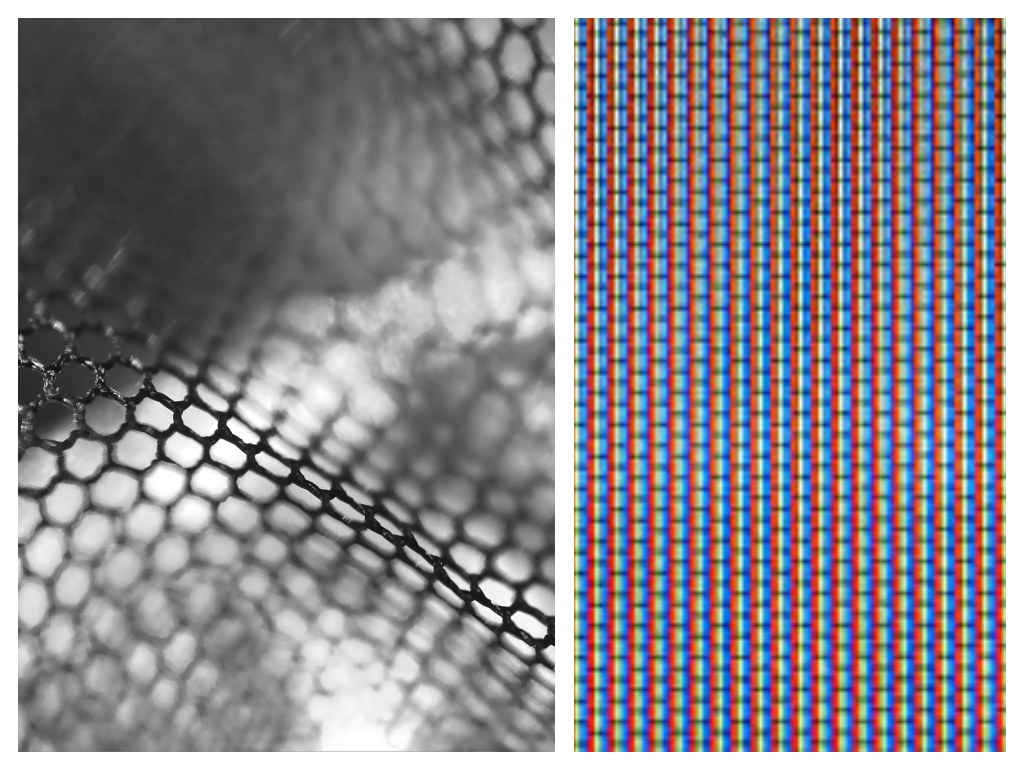What is Block Therapy? – The First Foundation

Hi there. I’m Deanna Hansen, certified Athletic Therapist, and the Founder and CEO of Fluid Isometrics and Block Therapy. I have spent over 50,000 hours working in the fascia and have seen thousands receive the transformational benefits of Block Therapy. Through this blog, it is my hope that you become enlightened and amazed by this revolutionary branch of self-care, and inspired to experience the benefits of Block Therapy in your own life.
What is Block Therapy?
To understand what Block Therapy is, it is vital that you have an understanding of the two principle foundations of Block Therapy. The first foundation is an understanding of the fascia system. The second foundation of Block Therapy is diaphragmatic breathing, and the importance of the diaphragm muscle. In this blog, we will discuss the first foundation – the fascia system.
I cannot emphasize strongly enough the importance of what to me was the fundamental inspiration behind all of my work. That revelation was my discovery of the vital significance of the fascia in all matters of physical and psychological health.

What is the fascia?
In traditional medical terms, fascia is the equivalent on the inside of the body to the skin on the outside – it ties everything together. Contemporary medical research has focused increasingly on the implications of this and discovered a fascinating wealth of influences that extend from the individual cells to the very nature of consciousness.

To get a clearer picture of this, think of a honeycomb. The fascia is the totality of the cell walls; the cells and all the life inside them, is the honey.
Another good analogy is the pixels in a television. The picture comes through the holes (the cells), but without the structure around them (the fascia), the holes don’t exist – therefore no picture is possible.
I personally like to think of the fascia as a fabric, like a sheet. Among other things, it absorbs whatever nonsolid medium it is immersed in. A white sheet will quickly soak up a red wine spill. The wine doesn’t alter the shape of the fabric, but it changes the color, as well as the smell, and, if you put your tongue to it, the taste. Another type of liquid might even change the texture.
What is it that allows the color, smell, taste, and texture to change? It is the space between the fibers. Something really dense, like a glass, doesn’t absorb: it contains. The fascia is a container that absorbs, and we need to understand this.
Your environment, and all it encompasses: the air you breathe, the water you drink, the food you eat, the relationships you are in, the mindset you own, the information you take in — gets stored in this fabric, somewhere in your body. Over time, this turns that fresh white sheet into a dirty, smelly, wrinkled, even ripped one.
The good news is that you can wash it, iron it, make it smell clean and fresh, and even mend those tears. And we do that using the Block Buddy and a straightforward approach to nourish and heal fascia, and reverse the aging process from the outside in.
“…this beautiful self-care practice called Block Therapy.
I love the renewed health and happiness BT brings me. Block Therapy
is a practice available to people of all ages and abilities and allows
each individual to have their own personal control and improve their
health at their own pace.” ~ Lorraine K
Here’s a quick introductory video about fascia. Be sure to subscribe to our YouTube channel while you are there.
Breathe and Believe
Next week: The importance of the diaphragm and diaphragmatic breathing.





Responses